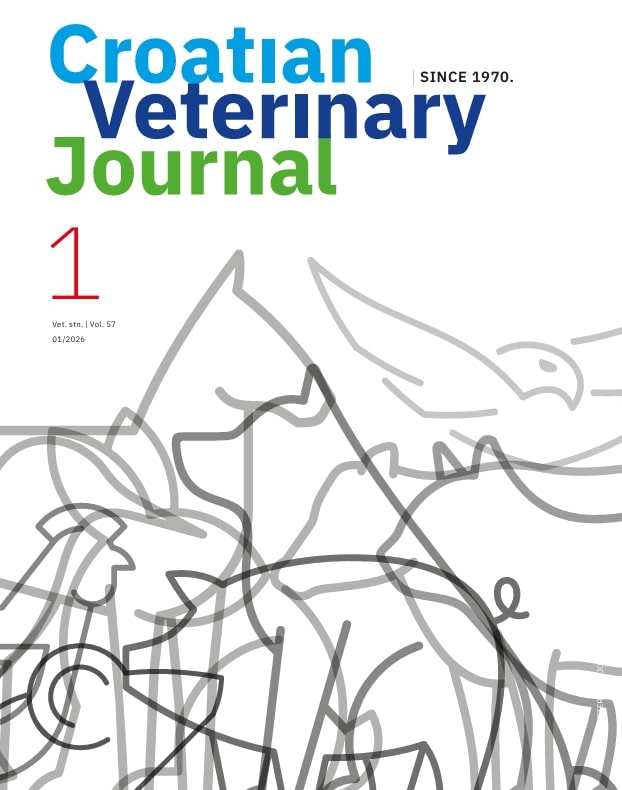Surgical treatment of traumatic injuries of land turtles
DOI:
https://doi.org/10.46419/cvj.57.1.2Keywords:
traumatic injuries, diagnostic, treatment, tortoiseAbstract
Tortoises belong to the order Testudines, and their shell, composed of the carapace and plastron, protects internal organs and represents a unique evolutionary adaptation. The shell is a rigid structure of bony plates connected to the spine and ribs, requiring a specific approach to diagnosing and treating injuries. The most common injuries in terrestrial tortoises include traffic accidents, dog bites, and thermal injuries. Shell fractures can be simple or complex and are often accompanied by injuries to internal organs. Diagnostic procedures rely on imaging methods such as radiography, CT scans, and ultrasound, while laboratory analyses assess the general health status. Surgical treatment methods include wound management with thorough irrigation using sterile solutions, debridement of necrotic tissue, and application of antimicrobial agents. Shell fixation is performed using techniques such as screws, wires, epoxy, and bone plates, ensuring fracture stability and protection of internal structures. Vacuum therapy accelerates healing and reduces recovery time, especially for wounds with significant tissue loss. Limb fracture stabilisation involves external fixators, intramedullary pins, and special mini-plates, tailored to the specific fracture types. A combination of techniques is used to maximise stability in complex fractures and improve the healing process. Each phase of treatment, from initial stabilisation to final postoperative care, is crucial for the successful recovery and preservation of functionality in terrestrial tortoises. Special attention is given to adapting environmental conditions, including optimal temperature and humidity, to ensure tissue regeneration and overall health. This review aims to describe the specific anatomy of the land turtles, the most common injuries, methods of diagnosing injuries, and surgical treatment techniques depending on the type of injury.
Downloads
Published
Issue
Section
License
Copyright (c) 2025 Croatian Veterinary Journal

This work is licensed under a Creative Commons Attribution 4.0 International License.
You are free to:
Share — copy and redistribute the material in any medium or format for any purpose, even commercially.
Adapt — remix, transform, and build upon the material for any purpose, even commercially.
The licensor cannot revoke these freedoms as long as you follow the license terms.
Under the following terms:
Attribution — You must give appropriate credit , provide a link to the license, and indicate if changes were made . You may do so in any reasonable manner, but not in any way that suggests the licensor endorses you or your use.
No additional restrictions — You may not apply legal terms or technological measures that legally restrict others from doing anything the license permits.

